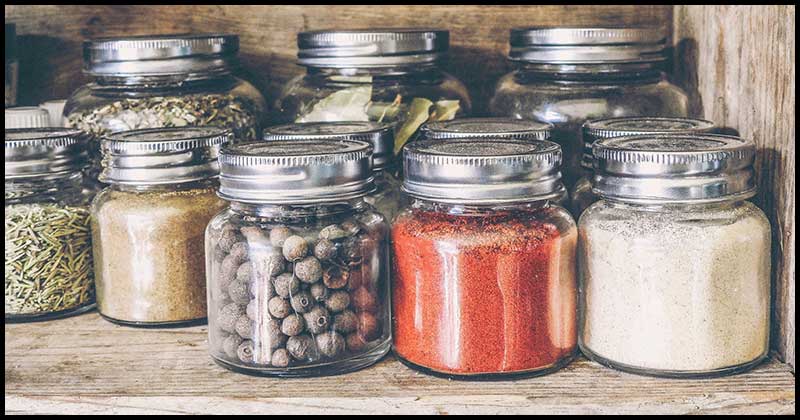Perhaps the easiest way to cook healthy is to include more seasonings in your diet. Their low cost and long shelf-life make healthy cooking more affordable, and most herbs and spices come packed with health benefits, too. Paprika is no exception. Using paprika in your cooking may help you cut your intake of calories, sugar, and fat while boosting your intake of a few beneficial phytonutrients.
Calorie-Free Flavor
Herbs and spices should be staples in any healthy diet, and paprika should have a permanent place in your pantry. Although it can have an effect on the flavor of your dish – imparting smoky, sweet, or spicy flavors depending on the type of paprika you choose – it’s close to calorie-free at just 6 calories per teaspoon. Adding lots of flavor without adding calories means you’re less likely to reach for salty, sugary, or calorie-laden sauces or seasonings, so you can get a yummy meal without the nutrition negatives that go along with pre-packaged sauces. If you’re trying to watch your weight, simply subbing out sauces for spices like paprika can help you reach your goals.
A Great Source of Vitamin A
A low-calorie count isn’t all paprika has going for it – it’s also a good source of vitamin A. Each teaspoon of the spice has about 1,100 international units of vitamin A, which is almost half the vitamin A requirement for women and one-third the daily requirement for men. Vitamin A is best known as a vision-protecting nutrient, but it’s also crucial for strong immunity, healthy skin, and proper thyroid function. And if you’re starting a family, vitamin A is especially important, since it helps with proper organ development in utero.
Packed With Antioxidants
Including paprika in your cooking is also a great way to increase your food’s antioxidant content. According to a study published in Plant Foods for Human Nutrition in 2016, paprika is loaded with antioxidants. Antioxidants play an important role in keeping your cells healthy. They’re able to react with harmful compounds, called free radicals, turning those dangerous and highly-reactive compounds into relatively harmless, more stable ones. That small change makes a big difference in your health, since free radicals could otherwise damage your cells and DNA in a way that speeds up aging and contributes to chronic diseases.
Consuming More Paprika
Paprika’s relatively mild flavor makes it easy to include in a range of dishes, and its brick-red hue can make your meals aesthetically pleasing, too. Include paprika in your DIY spice mixes and rubs. It pairs especially well with garlic and onion powders, as well as basil and oregano. Sprinkle a bit of paprika over your hummus or other dips and sauces, or add it to deviled eggs or scrambled eggs before serving. And use paprika to season roasted vegetables. Simply add it before lightly coating your veggies with olive oil, then roast to perfection.
References:
- USDA NND: Paprika
- Linus Pauling Institute: Vitamin A
- Plant Foods for Human Nutrition: Binding, Antioxidant and Anti-proliferative Properties of Bioactive Compounds of Sweet Paprika (Capsicum annuum L.).
Important Notice: This article was originally published at www.healthyeating.sfgate.com where all credits are due.









